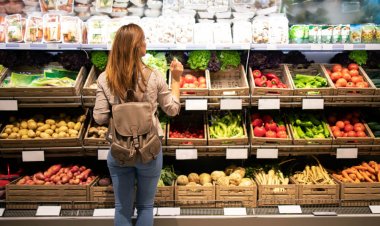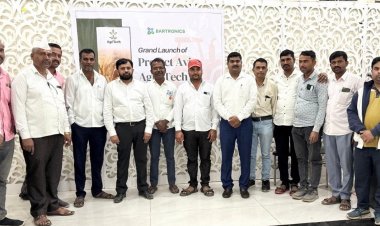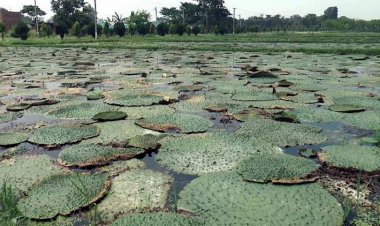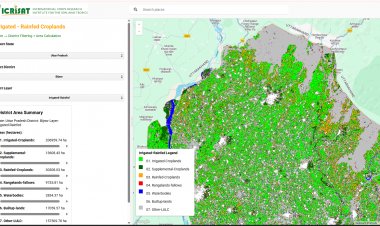Half of world population lives on agrifood systems: FAO
According to the new research by the Rome-based Food and Agriculture Organisation of the United Nations (FAO), around 1.23 billion people were employed in the world’s agrifood systems in 2019, and more than three times that figure, or almost half the world’s population, live in households linked to agrifood systems. Of these 1.23 billion people, 857 million worked in primary agricultural production, while 375 million worked in the off-farm segments of agrifood systems.
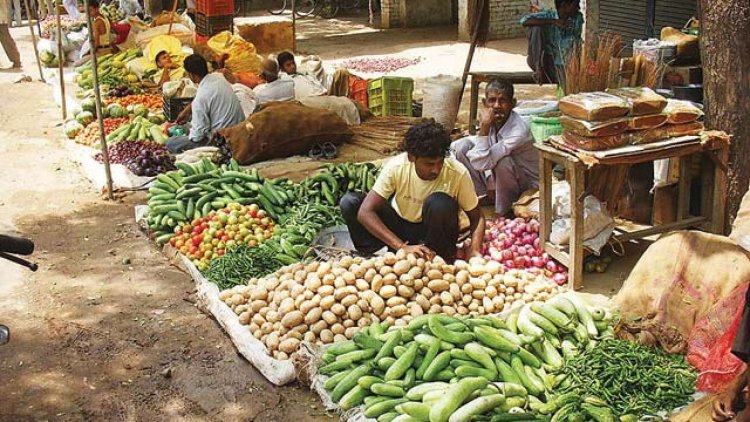
A new FAO-led study has found that agrifood systems directly employ 1.23 billion people. Of the 3.83 billion people reliant on agrifood systems for their livelihoods, 2.36 billion live in Asia and 940 million in Africa.
Agrifood systems encompass primary agricultural production of food and non-food products, the production of food of non-agricultural origin, the food supply chain from producer to consumer and the final consumer of food. Globally, these systems produce some 11 billion tonnes of food each year and form the backbone of many economies.
According to the new research by the Rome-based Food and Agriculture Organisation of the United Nations (FAO), around 1.23 billion people were employed in the world’s agrifood systems in 2019, and more than three times that figure, or almost half the world’s population, live in households linked to agrifood systems.
Of these 1.23 billion people, 857 million worked in primary agricultural production, while 375 million worked in the off-farm segments of agrifood systems. The new figures, the first systematic and documented global estimate of its kind, derive from a range of sources and incorporate the widespread use of part-time or seasonal employment in the sector. The figures also refer to agrifood systems rather than agricultural sectors, reflecting the increasing importance of off-farm activities in feeding the world’s population, currently 8 billion and growing.
“Policy and practical agendas on the national and global level must and are addressing the challenges facing agrifood systems in an integrated way, and to keep up, data must move beyond silo-based notions such as farm employment and include the whole process from food production through processing and transport to the consumer -everything that goes into what we eat,” said Ben Davis, Director of FAO’s Inclusive Rural Transformation and Gender Equality Division and lead author of the report. “Making sure that agrifood systems are sustainable requires factoring in nutrition, health and climate change,” he added.
The study entitled “Estimating Global and Country Level Employment in Agrifood Systems” was published as a Working Paper by FAO’s Statistics Division. In addition to a team from FAO, other authors include Kate Schneider, from the Paul H. Nitze School of Advanced International Studies, Johns Hopkins University, Ramya Ambikapathi, from the Department of Global Development at Cornell University, and Paul Winters, from the Keough School of Global Affairs, University of Notre Dame.
The new exercise adopts a harmonized approach using econometric modeling based on data from the International Labour Organization and validated with household surveys from FAO’s Rural Livelihoods Information System (RULIS) database, as explained in the Working Paper.
In its key findings, the report notes that the largest number of people employed in agrifood systems, 793 million, is in Asia, followed by almost 290 million in Africa. The majority of the economically active population in low-income countries, particularly in Africa, had at least one job or activity in agrifood systems. Including relevant trade and transportation activities, 62 percent of employment in Africa is in agrifood systems, compared to 40 percent in Asia and 23 percent in the Americas.
The share of agrifood system employment out of total employment that is not directly in the agricultural sectors ranges from 8 percent in Europe to 14 percent in Africa. In most of the countries for which data from RuLIS is available, youth, defined as people aged 15 to 35 years old, make up around half of all agrifood system workers, and their share is usually higher in food processing and services.
Of the 3.83 billion people reliant on agrifood systems for their livelihoods, 2.36 billion live in Asia and 940 million in Africa. The first year of the COVID-19 pandemic led to a 6.8 percent reduction in the number of employed in agrifood systems. The impact of COVID-19 was highest in Latin America, where employment dropped 18.8 percent.
On April 13, FAO will publish a pioneering report on The Status of Women in Agrifood Systems, in which the data on employment in agrifood systems from the Working Paper is further disaggregated by sex.



 Join the RuralVoice whatsapp group
Join the RuralVoice whatsapp group


















